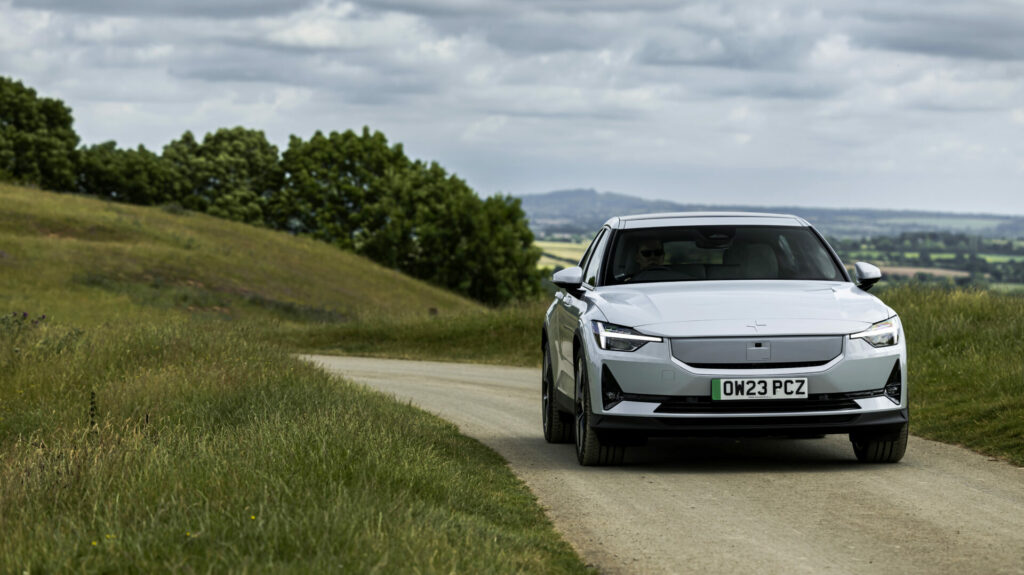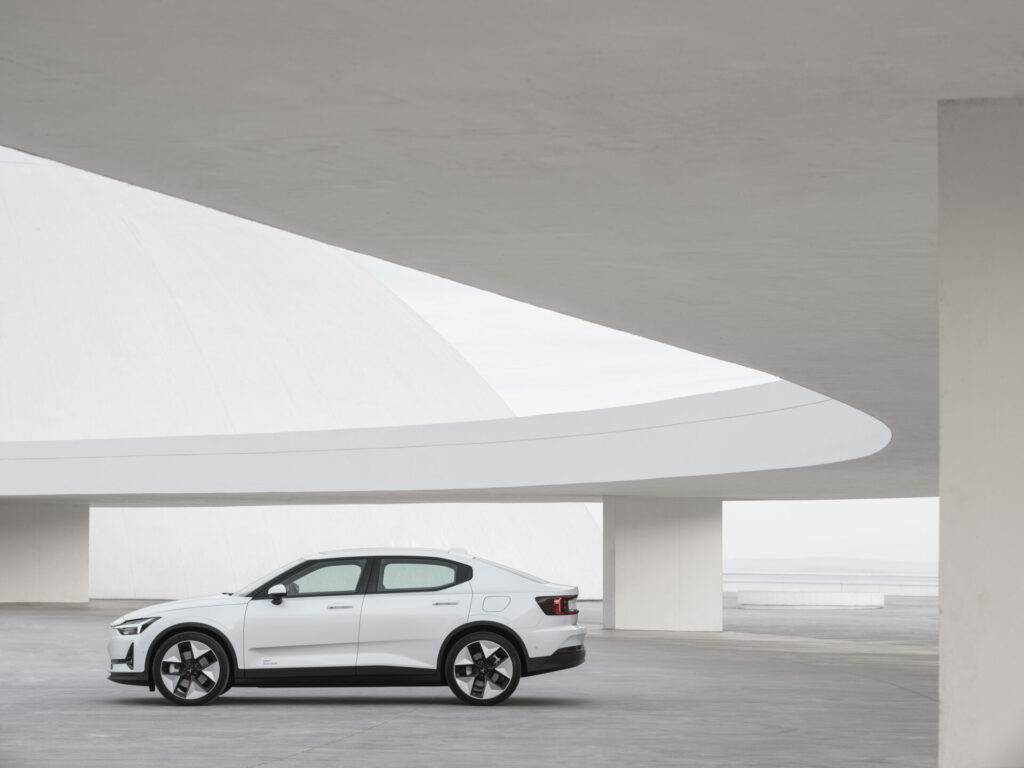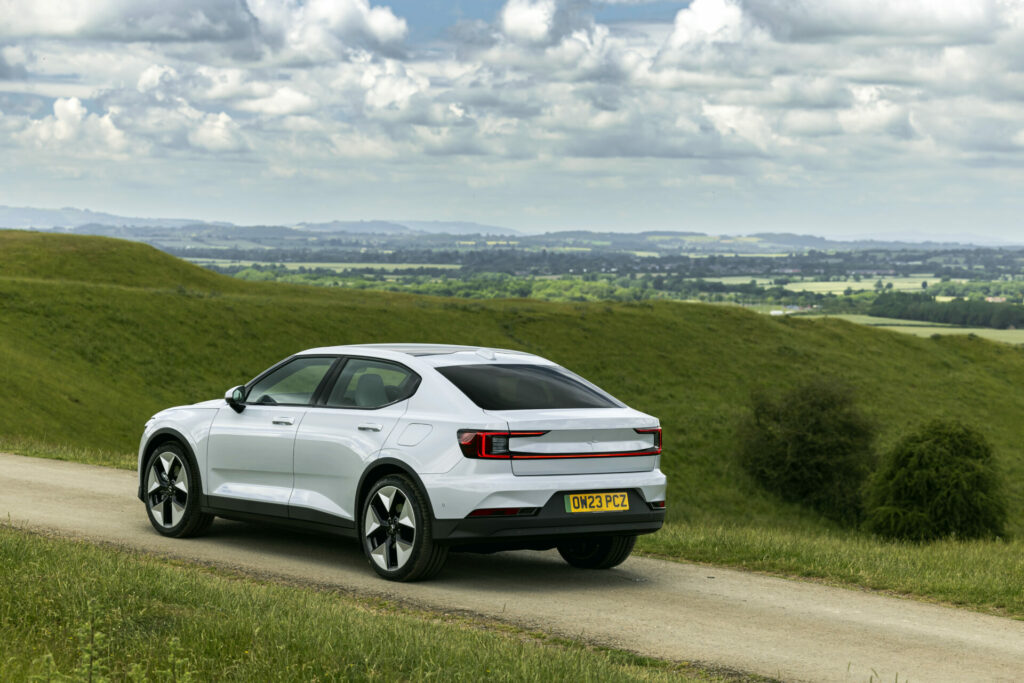Polestar 2 review: Scandanavian styling meets sustainability
In which we are introduced to one of the world's newest car brands, with style and sustainability at its heart, and discover that if we've seen the future, it works, Attitude's Darren Styles says

Graham Norton once said of Cork, his birthplace, that “it wasn’t the end of the world, but you could see it from there.” He had a point. Head out to the coast from the Irish city, look south-west and there’s nothing but a lot of water between you and anywhere else. Next stop, Brazil, in fact. Such things give you a sense of scale, and realising just how small you are is no bad thing once in a while.
Your mind goes to these places (wonderment, rather than Cork) when on a road trip. Or at least mine does. There’s nothing quite like miles rolling beneath the wheels to free the soul, and here amidst the green kaleidoscope of the Emerald Isle’s countryside, I am, so to speak, momentarily away with the fairies. Or the leprechauns. Not least because my mode of transport, the Polestar 2 I’ve come to try, is completely silent in operation, leaving me — periodically — alone with my thoughts. For better or for worse. And, having established that the port of Santos is 6,329 nautical miles and 26.4 days from the port of Cork, I can rest and return to the present and my immediate surroundings. Which are lovely.
Polestar is as Swedish as IKEA
You could be forgiven — just — for never having heard of a Polestar, though there are now close to 20,000 of them on UK roads. A former sister company of Volvo, Polestar is still as Swedish as IKEA, but it’s now an independent, NASDAQ-listed maker of premium electric vehicles and — perhaps uniquely for the moment — sees EV manufacture not just as a means to an end, but as a whole-life commitment to completely sustainable motoring. Of which, more later.

The Polestar 2 is, as its name suggests, the second Polestar product line, in the form of a compact saloon. The first (1, obviously) was a high-end sports coupé, 3, 4, and 5 (all unveiled, but not on sale until 2024) are a full-size SUV, a four-door coupé, and a high-end super-saloon, respectively. Bottom line: this is a serious enterprise with massive capability and a full-house plan; that it hadn’t built a car before 2017 should be seen as no guide to future performance.
More than a touch of Scandi minimalism
Polestar 1 and now Polestar 2 have styling echoes of their prior Volvo siblings — square in silhouette, stance, and about the shoulders, and more than a touch of Scandi minimalism in execution both outside and within the cabin. And that’s no bad thing: simple is often beautiful, and there’s an inherent elegance to a less is more philosophy. Models to come are more distinctive still, smoother in outline and future-facing in terms of styling, but the fundamentals of clean design carry forward.
In the here and now, the Polestar 2 is good-looking kerbside, a great place in which to ride and drive, and its on-road manners — thanks to a 500-strong UK-based development and engineering team (this is a brand with a global footprint) — exemplary on some of the most broken roads in Europe. (In a surprising twist, the UK’s neglect of infrastructure has led to inward investment.) And, of course, progress, thanks to the electric underpinnings, is swift and quiet, save for distant wind and tyre noise at higher speeds. That never happened, should the Garda show any retrospective interest.
Sustainible choice
Performance and range are interlinked. For the record: a single-motor Polestar 2 (from £44,950) is quick enough, with 268bhp and an impressive range of 330 miles, while a quicker dual motor (from £52,950) delivers 416bhp (469bhp for the Performance Pack) and a still-healthy 367-mile range. You pays your money and takes your choice. But before you do, let me return to the sustainability note. Polestar has a ‘moon shot’ goal to produce a zero-impact car by 2030. And if you think that can’t be done, listen up. Every Polestar 2 comes with a Life Cycle Assessment (LCA) report that calculates the carbon footprint of the car’s manufacture and, more helpfully, a guide as to how to offset that.

So, for example, if you live in Europe and charge your car using electricity derived from renewables, rather than driving, say, a similarly sized Volvo XC40 with an internal combustion engine, by the time you’ve driven 25,000 Polestar miles, you’ll break even on the car’s lifetime emissions, manufacture included. Thereafter, your mobility impact is in credit.
I know. It may not (yet) be the future of motoring, but you can see it from here.
Polestar 2 specs
- 268bhp
- 361lb/ft
- 0-60mph in 6.2 secs
- 127mph top speed
- 330 mile range
- £44,950
For more information on the Polestar 2, visit polestar.com/UK
